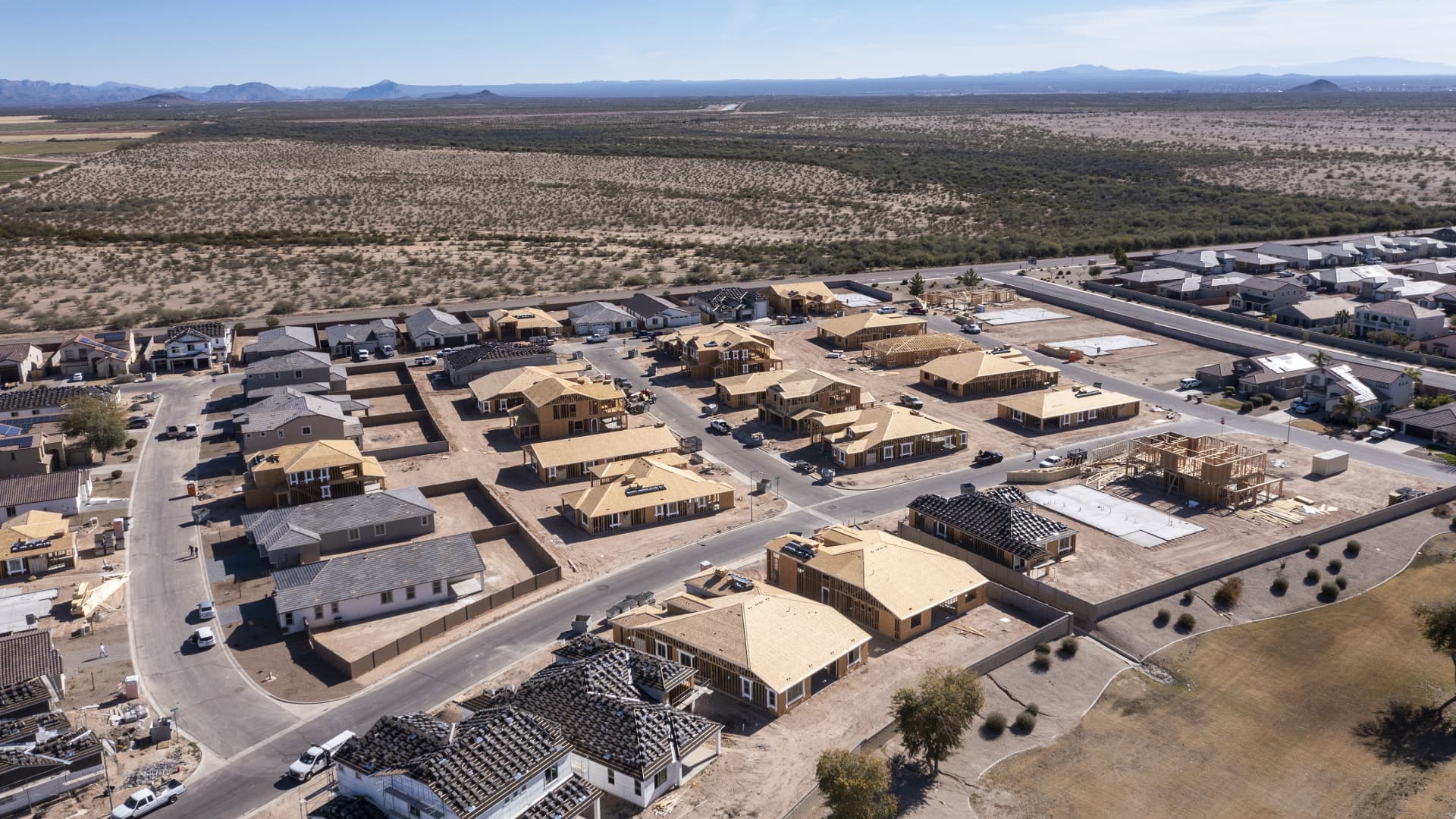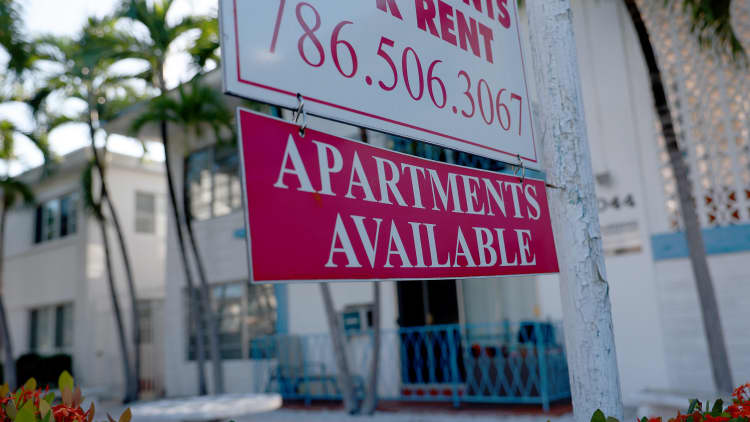State income taxes are often a complex topic with major implications for real estate investors. Placing your money in states without income tax may be a smart idea and allow you to keep more money in your pocket each year.
Which states with no income tax does it make sense to invest in? How should you consider structuring your home rental business to optimize results? Understanding your potential tax liability in the nine states without an income tax allows you to make the best decision for your next purchase.
Alaska Tax Rate
When it comes to the states with the best income tax breaks, Alaska is among the top. In addition to receiving money from the Alaska Permanent Fund every calendar year they live there, residents there pay no personal income tax.
Instead of charging the over 730,000 state residents income tax, the state levies business taxes on their diverse industries. Much of the state’s annual budget comes from taxes on oil and gas properties, raw fish, the hospitality industry, and fuel transfer taxes.
Tax liability implications
Although Alaska is a state without an income tax, it does not mean you won’t have to pay anything for a rental property. If a small business controls your rental, you could be taxed between 2-9% based on your earnings. Over 20 municipalities in the state—including the largest cities of Anchorage, Fairbanks, and Juneau—assess an average per-capita property tax of $2,276. You can also expect to pay a local sales tax for rental home improvements, typically between 2-5%.
Florida Tax Rate
Florida is transforming from the home of retirees to a haven for businesses, entrepreneurs, and those seeking a break from states with high income taxes. The southernmost state in the “Lower 48” is possibly the most famous among states with no income tax for everything it offers tourists and residents.
Instead of personal income tax, Florida collects revenue on several other products and services. The Sunshine State has one of the highest state taxes on gasoline at 43.55 cents per gallon, along with an average sales tax rate of around 7%.
Tax liability implications
Owning real estate in Florida will come with property taxes, a combination of Ad Valorem Taxes based on the property value, and Non-Ad Valorem Assessments from local government services. Property owners can anticipate an average per-capita state and local property tax of around $1,541 annually. Like individual state income tax, sole proprietors, disregarded single-member LLCs, and pass-through S Corporations that do not use Form 1120S to pay federal income tax are not required to file a business tax return. All other companies—including out-of-state companies and other LLCs—may be subject to a flat 5.5% tax.
Nevada Tax Rate
Possibly a direct result of the gaming industry, Nevada is also one of the states with no income tax. The state does not assess a state business or corporate income tax to encourage entrepreneurs to move in.
Instead of collecting state income taxes, Nevada charges some of the highest sales and gasoline tax rates. The combined state and local sales tax rate averages around 8.23%, while the gas tax rate per gallon is 50.48 cents—the fifth highest in the United States.
Tax liability implications
Owning property in Nevada does come with local property taxes. In the 2022-2023 fiscal year, the average county tax rate on property was around 3.18%. Alongside the high local taxes, the Tax Foundation notes that the average per-capita property tax is around $1,153—still among the nation’s lowest. Combined with no business or corporate income tax, Nevada may be one of the best states to own a rental property.
South Dakota Tax Rate
The home of Mount Rushmore and Deadwood Mountain is one of the nine states with no income tax for individual residents. South Dakota is also one of the few that does not institute a corporate income tax, allowing rental homeowners to institute a structure that works best for their needs.
Like other states without an income tax, South Dakota makes up the revenue in other taxes. Alongside annual property tax, businesses can expect to pay an average sales tax of 6.4% and gas taxes of 28 cents per gallon.
Tax liability implications
While there is no state property tax in South Dakota, local governments and special districts can assess property taxes within their jurisdictions. Property tax is based on the full market value of the land, with an average paid tax rate of around 1.17%. Rental homeowners in the state can expect to pay a per-capita average of $1,606 annually.
Texas Tax Rates
Everything’s bigger in Texas—except for the individual income tax rate. While Texas has the ninth largest economy in the world, the state constitution codifies it as one of the states with no income tax.
In addition, the tax laws are friendly towards new and small businesses growing in the Lone Star state. Texas does not assess business taxes, personal income taxes, or other fees on sole proprietors, allowing them to continue to invest in real estate and grow their businesses over time.
Tax liability implications
Although Texas does not charge a statewide property tax, over 4,000 local entities collect taxes on real estate. All property tax is based on current market value and is the same across multiple taxation districts. According to the Tax Foundation, the average per-capita state and local tax burden on properties is around $2,216. For local maintenance items, property owners can expect to pay a sales tax of 8.2%
Washington Tax Rate
Known as the gateway of the Pacific Northwest, where the mountains meet the coast, the State of Washington is among the states with no income tax. Both individuals and corporations are not taxed in the state, making it one of the best for business in the United States.
This doesn’t mean everyone gets away without paying their fair share for government services. Washington also has one of the country’s highest combined state and local sales tax rates at 8.86%. State gas taxes are also considerably high, with drivers paying almost 50 cents per gallon of fuel.
Tax liability implications
The good news for landlords is that leasing or renting real estate for lodging is exempt from the state’s business and occupation tax, reducing your overall tax liability. However, property taxes may still apply based on your rental home’s location. Homeowners can expect to pay a per-capita average of around $1,727 in property taxes annually, making it a comparative value.
Wyoming Tax Rate
Images of cowboys on the range often come to mind when we think of Wyoming. More importantly for landlords, Wyoming is one of the states with no income tax for individuals.
Instead, the state makes its income on the wealth of resources available. Mining operations for energy sources, including coal and oil, significantly contribute to the state’s tax base—giving residents and small businesses a break.
Tax liability implications
Even though there are no individual or corporate income taxes in Wyoming, homeowners must pay property taxes. On top of an average sales tax of 5.36%, the average per-capita property tax is around $2,100.
New Hampshire Tax Rate
New Hampshire has a unique approach to taxes. While it is a state with no income tax on W-2 wages, it doesn’t mean that taxpayers owe nothing at the end of the year.
Instead, individuals pay a 5% tax on dividends and interest income. The good news is that it doesn’t apply to rental income—allowing you to reinvest more into your business.
Tax liability implications
One of the downsides of rental property investments in New Hampshire is the property taxes. The New England state has one of the country’s highest per-capita state and local property taxes, with an average collection of around $3,300. In addition, depending on how you structure your rental company, you could pay an additional corporate tax on your earnings.
Tennessee Tax Rate
One thing the Volunteer State doesn’t require its residents to do is pay income tax. The nation’s capital of music is one of the nine states with no income tax.
But like New Hampshire, Tennessee’s taxes are more complicated than the other states on this list. State residents are charged an annual tax on income from taxable dividends and interest, which include interest trusts and mutual funds, interest on bonds, and certain shareholder distributions—not to mention one of the highest average sales taxes in the U.S. at 9.55%.
Tax liability implications
As with other states with no income tax, Tennessee homeowners are subject to local property tax. However, it is among the lowest among all 50 states. According to the Tax Foundation, the average per-capita property tax collection is $845. Alongside the property tax, the top corporate income tax rate is 6.5%, which could affect you based on how you structure your rental company.
FAQ
Why is a sales tax charged by the states?
Sales taxes are levied at the point of sale to support local and state government services, as approved by voters and legislators. Four states—Delaware, Montana, New Hampshire, and Oregon—do not charge a sales tax, while Louisiana, Tennessee, Arkansas, and Alabama have some of the highest.
Is it better to live in a state with no income tax or no sales tax?
It depends on several factors, including your taxable income, investment strategy, and the number of rental properties you manage. Generally, high earners can do better in a state with no income tax, as it allows them to better save and reinvest their earnings despite the higher sales tax.
What are the downsides of living in a state with no income tax?
Living in a state with no income tax has two key downsides. First, state and local governments often make up the difference in higher sales, corporate, or property taxes. Secondly, a lower tax base often requires delicate budgets, which often means fewer funds for infrastructure, like schools.
Why does sales tax vary from state to state?
The U.S. Constitution allows the federal government to set national taxes appropriate for public welfare, including the military, federal highways, and other infrastructure. The Constitution also allows states to set their taxes, making sales taxes a state issue. Therefore, different states, counties, and cities can set tax rates to reflect their budgets.
Why don’t more states have no income tax like Texas does?
Policies and priorities determine state and local taxes, varying from state to state. In the example of Alaska and Wyoming, higher taxes on extracting natural resources allow their governments to pass on tax savings to their residents.
Why do some states have higher taxes than others?
Each state government prioritizes its budgets based on numerous factors, including population, natural resources, industries, and businesses. As a result, state income taxes and sales taxes reflect the diverse sources of income available to the government.
What U.S. territories don’t pay federal income taxes?
Residents of five U.S. territories are not subject to pay federal income tax to the United States Government: American Samoa, Guam, Puerto Rico, The Commonwealth of the Northern Mariana Islands, and the U.S. Virgin Islands.
Dreading tax season?
Not sure how to maximize deductions for your real estate business? In The Book on Tax Strategies for the Savvy Real Estate Investor, CPAs Amanda Han and Matthew MacFarland share the practical information you need to not only do your taxes this year—but to also prepare an ongoing strategy that will make your next tax season that much easier.
Note By BiggerPockets: These are opinions written by the author and do not necessarily represent the opinions of BiggerPockets.















